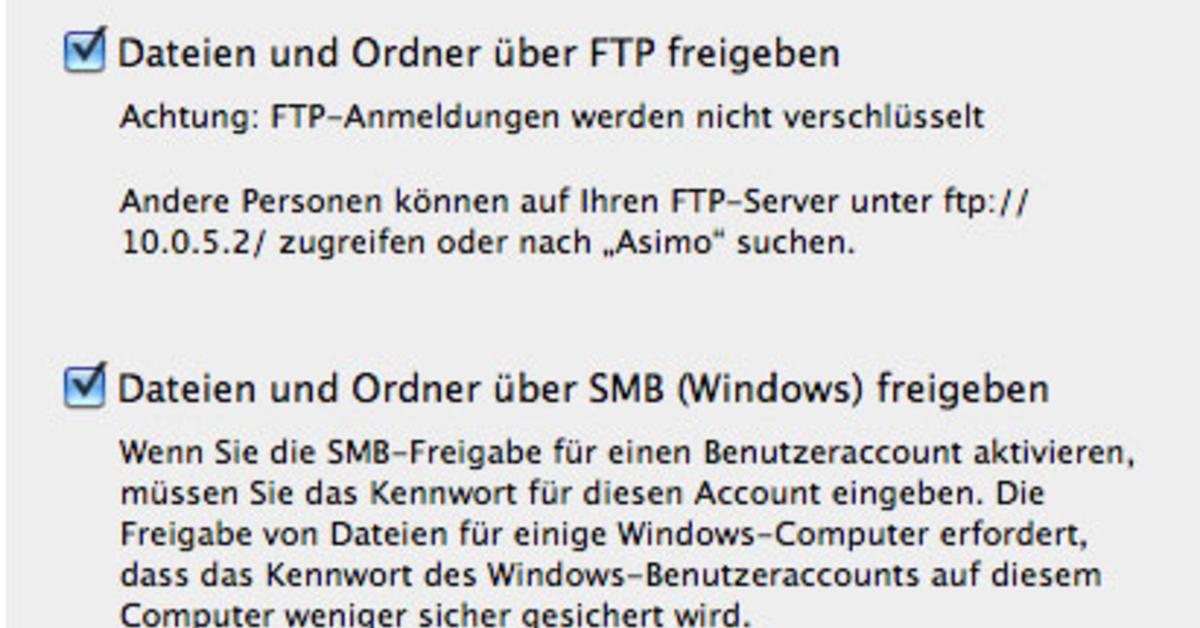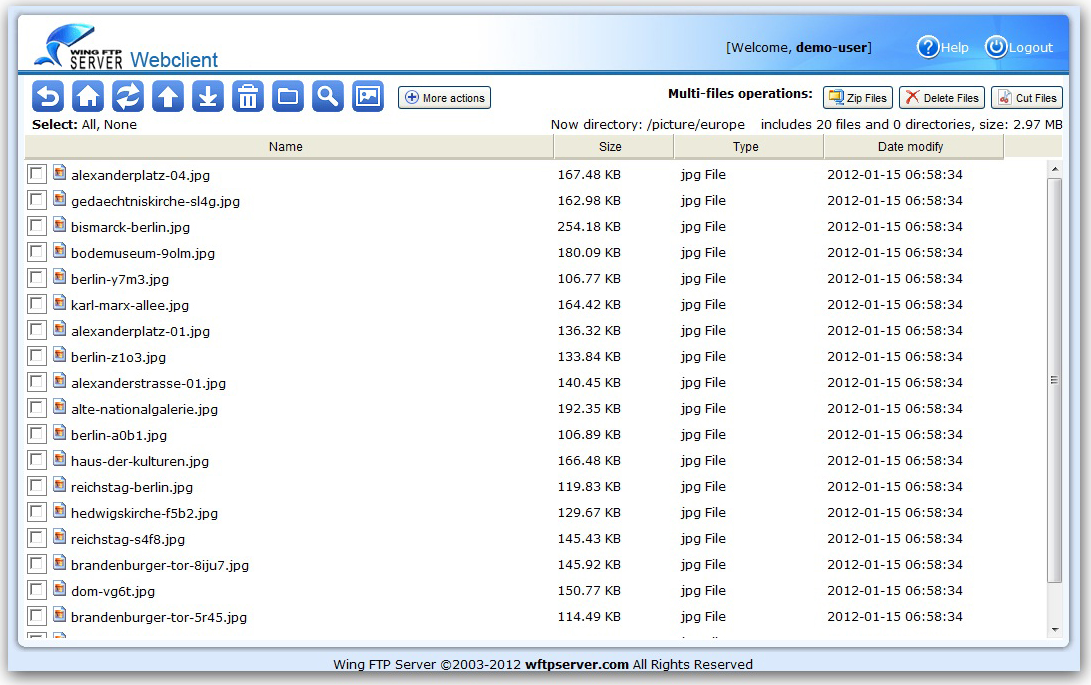Transfer is a reliable and straightforward TFTP (Trivial File Transfer Protocol) server application for macOS. TFTP is a high-level protocol to read and write files from or to a remote server. The protocol was developed in the 1970s; however, it is still commonly used because of its simplicity and minimal memory and processing requirements. For example, TFTP is used to boot diskless workstations or load files to network devices such as routers.
On OS X Server, tftpd is utilized for NetBoot; however, on the standard client, the framework still exists. In Tiger, most services that were previously configured using xinetd have been migrated. $ tftp tftp get test Sent 159 bytes in 0.0 seconds tftp quit $ cat test this is a test. After confirming that the TFTP server is working correctly, copy your kernel image, device tree blob, and ramdisk (where appropriate) to `/tftpboot/'. This example expects the paths to be as follows: Kernel image: `/tftpboot/Image'.
Our friend Sam Clements trusted us with the idea of developing a TFTP server for macOS. He shared his frustrations about the lack of a robust and reliable TFTP server solution for macOS. In particular, we identified two main limitations of existing implementations currently available for macOS, including the macOS’ built-in TFTP server:
- No real-time updates of current transfers in progress: TFTP transfers are very slow; therefore, progress updates are essential for a better user experience. However, because some of the existing applications offer just a front-end GUI to control (start, stop) and configure the root folder of the macOS’ built-in TFTP server, they don’t provide real-time updates of current transfers in progress. Other TFTP server applications lack this functionality as well.
- No support for broadcast transfer requests: By design, TFTP requests made to the broadcast address 255.255.255.255 should be rejected to prevent unauthorized transfers; however, under some circumstances, support for broadcast transfer requests is necessary. The macOS’ built-in TFTP server and other available alternatives for macOS don’t support broadcast transfer requests.
Transfer‘s primary goal is to address these limitations, offering a user interface that allows you to have complete control of the transfers and the files that can be accessed via TFTP.
The app is fully compliant with RFC 1350 – The TFTP Protocol (Revision 2) and provides support for the following TFTP protocol extensions and options:

The user interface is straightforward, with a file management view for the root TFTP directory and two lists for displaying the status of transfers, one for downloads (read requests) and another one for uploads (write requests). You can drag and drop files to or out of Transfer, or quick preview, open, rename and delete files in the root TFTP directory in the file management view.
The information for each transfer includes the name of the file, the transfer rate, how much time is left to complete the transfer (when the file size is known), whether the transfer mode is binary or ASCII, and the IP address of the client that initiated the transfer. And Transfer automatically saves the information of completed transfers if you need to go back and check something about them or export them to CSV.
Also, settings are available to configure how you wish to handle overwriting existing files during uploads and enable broadcast transfer requests and advanced tuning of the TFTP protocol.
Tftp For Mac
File transfers over TFTP might be something you don’t come across very often (or not at all), but Transfer will get the job done if you require it.

Transfer is $9.99 and can be downloaded here. A 3-day free trial is available.
Transfer is a reliable and straightforward TFTP (Trivial File Transfer Protocol) server application for macOS. TFTP is a high-level protocol to read and write files from or to a remote server. The protocol was developed in the 1970s; however, it is still commonly used because of its simplicity and minimal memory and processing requirements. For example, TFTP is used to boot diskless workstations or load files to network devices such as routers.
Our friend Sam Clements trusted us with the idea of developing a TFTP server for macOS. He shared his frustrations about the lack of a robust and reliable TFTP server solution for macOS. In particular, we identified two main limitations of existing implementations currently available for macOS, including the macOS’ built-in TFTP server:
- No real-time updates of current transfers in progress: TFTP transfers are very slow; therefore, progress updates are essential for a better user experience. However, because some of the existing applications offer just a front-end GUI to control (start, stop) and configure the root folder of the macOS’ built-in TFTP server, they don’t provide real-time updates of current transfers in progress. Other TFTP server applications lack this functionality as well.
- No support for broadcast transfer requests: By design, TFTP requests made to the broadcast address 255.255.255.255 should be rejected to prevent unauthorized transfers; however, under some circumstances, support for broadcast transfer requests is necessary. The macOS’ built-in TFTP server and other available alternatives for macOS don’t support broadcast transfer requests.
Transfer‘s primary goal is to address these limitations, offering a user interface that allows you to have complete control of the transfers and the files that can be accessed via TFTP.
The app is fully compliant with RFC 1350 – The TFTP Protocol (Revision 2) and provides support for the following TFTP protocol extensions and options:
The user interface is straightforward, with a file management view for the root TFTP directory and two lists for displaying the status of transfers, one for downloads (read requests) and another one for uploads (write requests). You can drag and drop files to or out of Transfer, or quick preview, open, rename and delete files in the root TFTP directory in the file management view.
The information for each transfer includes the name of the file, the transfer rate, how much time is left to complete the transfer (when the file size is known), whether the transfer mode is binary or ASCII, and the IP address of the client that initiated the transfer. And Transfer automatically saves the information of completed transfers if you need to go back and check something about them or export them to CSV.
Also, settings are available to configure how you wish to handle overwriting existing files during uploads and enable broadcast transfer requests and advanced tuning of the TFTP protocol.
File transfers over TFTP might be something you don’t come across very often (or not at all), but Transfer will get the job done if you require it.

Simple Tftp Server

Tftp Server For Mac Os
Transfer is $9.99 and can be downloaded here. A 3-day free trial is available.